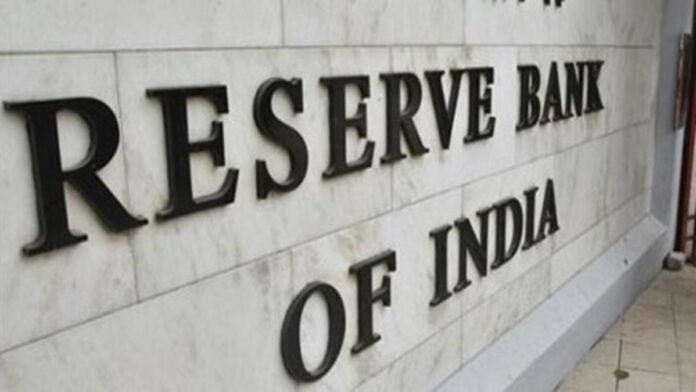The U.S. Federal Reserve yesterday, delivered its first rate cut of the year, lowering the benchmark federal funds rate by 25 basis points to a range of 4.00%–4.25%. The move, which comes after months of policy pause, is now widely seen as paving the way for the Reserve Bank of India (RBI) to take a more accommodative stance in its upcoming monetary review.
The Fed cited rising unemployment concerns and slowing job growth as key reasons for its decision, even as inflation remains slightly above its long-term 2% target. Alongside the cut, policymakers projected two additional quarter-point reductions before the end of the year, reinforcing a shift toward growth support.
In immediate response, major U.S. banks lowered their prime lending rates from 7.50% to 7.25%, passing on cheaper borrowing costs to households and businesses. The development also triggered a decline in bond yields, reflecting investor expectations of a more accommodative policy environment in the world’s largest economy.
For India, the ripple effects of this move are significant. A lower U.S. interest rate environment reduces pressure on emerging markets to maintain wide interest rate differentials to prevent capital flight. This gives the RBI more room to maneuver, particularly at a time when domestic growth requires policy support.
The RBI has already enacted a modest cut earlier this year but has otherwise adopted caution amid inflationary pressures. With the Fed’s turn toward easing, experts believe the RBI will be better positioned to deliver a stronger dose of rate relief, balancing inflation management with the urgent need to stimulate investment and consumption.
Fed’s Risk Management Approach
Federal Reserve Chair Jerome Powell described the cut as a “risk management decision,” underlining that the central bank’s dual mandate of controlling inflation and maintaining employment required timely action. While inflation is not fully subdued, Powell pointed out that the labor market slowdown carried its own risks for the U.S. economy.
The Fed’s cautious optimism was reflected in its projections, which highlighted the possibility of further cuts depending on incoming data. This dovish tilt has also provided breathing space for global central banks, many of whom are now expected to follow a more accommodative line to bolster growth.
Implications For India
For India, the impact will be twofold. On one hand, cheaper global liquidity could attract greater capital inflows, potentially strengthening the rupee and easing import cost pressures. On the other hand, the RBI will need to ensure that inflation does not rebound sharply as borrowing becomes cheaper.
Nevertheless, the broader view is that with the Fed initiating an easing cycle, the RBI now has cover to follow through with rate reductions to support growth without the fear of destabilizing financial flows. Market participants will be watching the RBI’s next policy statement closely for signs of a shift in tone toward stronger monetary support.



























